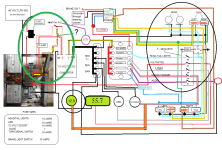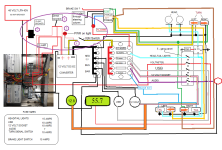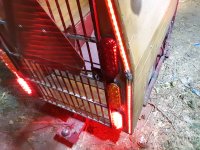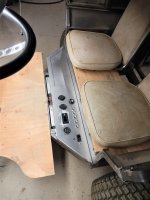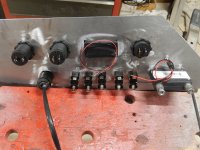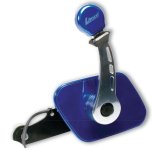A dash of this, and a dash of that.
I fired up the propane shop heater and spent some time cutting out the dash and installing the switches.
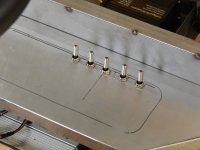
 Mockup where the other components will go
Mockup where the other components will go

How it looks from the drivers perspective
The washer to the right will be the key switch
The theory is that when I switch on the voltmeters I will be able to read the voltages
for the 48-volt battery and the 12 volts coming from the converter. (At the same time)

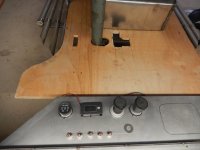 And here is another "it went where?" story.
And here is another "it went where?" story.
The indicator light I ordered was supposed to come from Chino which is about 50-ish miles from me.
Start at the bottom and follow its journey.
All I can say is, "You've got to be kidding!"
About seven days to go 50-ish miles. Not bad Mr. DeJoy.
DECEMBER 28 - 12:22 PM Delivered, In/At Mailbox Apple valley, CA
DECEMBER 28 - 6:10 AM Out for Delivery Apple valley, CA
DECEMBER 28 - 4:20 AM Arrived at Post Office Apple valley, CA
DECEMBER 28 - 3:13 AM Arrived at USPS Facility Hesperia, CA
DECEMBER 28 - 2:11 AM Departed USPS Regional Facility San Bernardino CA distribution center
DECEMBER 27 - 8:24 AM Arrived at USPS Regional Facility San Bernardino CA distribution center
DECEMBER 27 - 6:00 AM Departed USPS Regional Facility Los Angeles CA network distribution center
DECEMBER 27 - 2:22 AM Arrived at USPS Regional Facility Los Angeles CA network distribution center
DECEMBER 26 - 12:00 AM In Transit to Next Facility
DECEMBER 25 - 10:45 AM Arrived at USPS Regional Facility Elk Grove Village IL distribution center
DECEMBER 25 - 8:25 AM Departed USPS Regional Facility Chicago IL network distribution center
DECEMBER 24 - 8:57 AM Arrived at USPS Regional Facility Chicago IL network distribution center
DECEMBER 24 - 8:09 AMDeparted USPS Regional Facility Chicago IL logistics center
DECEMBER 24 - 6:29 AM Arrived at USPS Regional Facility Chicago IL logistics center
DECEMBER 22 - 10:57 AM Arrived at USPS Regional Facility San Bernardino CA distribution center
DECEMBER 22 - 9:29 AM Departed USPS Regional Facility City of Industry CA distribution center
DECEMBER 22 - 3:26 AM Arrived at USPS Regional Origin Facility City of Industry CA distribution center
DECEMBER 22 - 2:11 AM Accepted at USPS Origin Facility Chino, CA
DECEMBER 21 - 6:40 PM Shipping Label Created, USPS Awaiting Item Chino, CA


